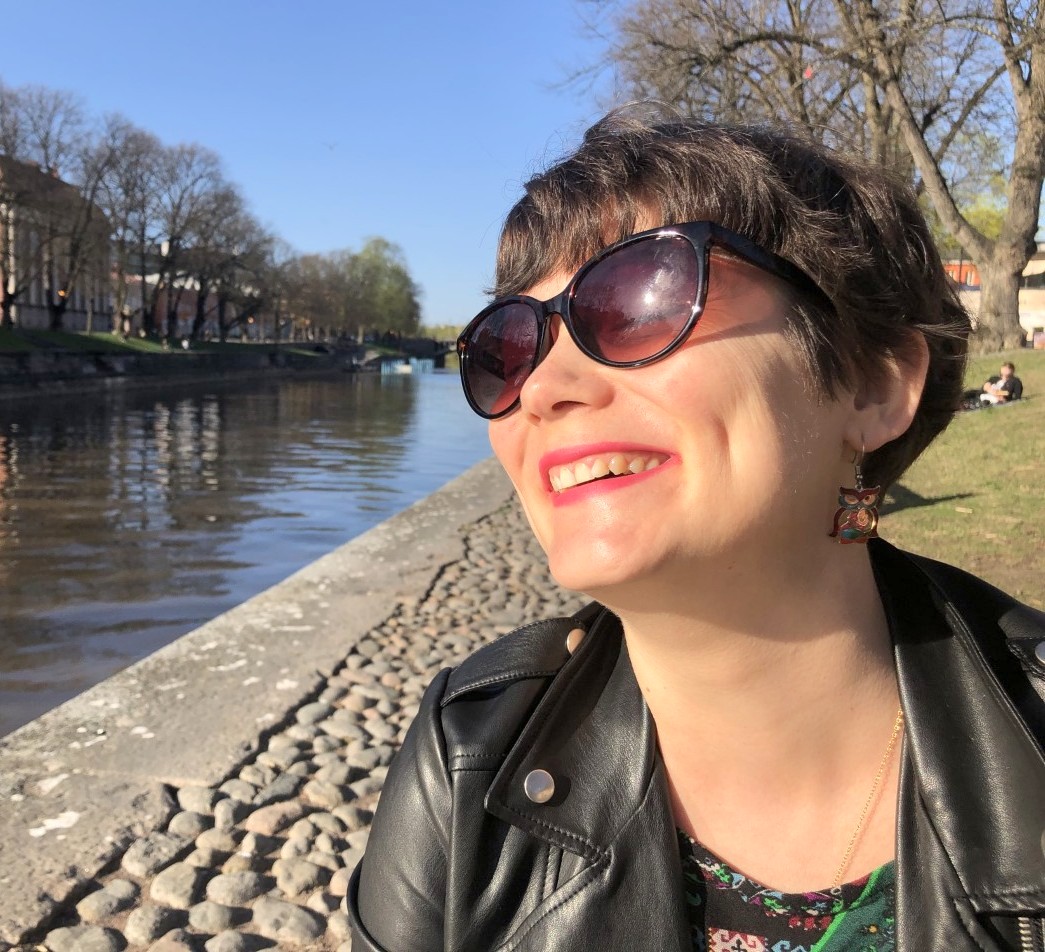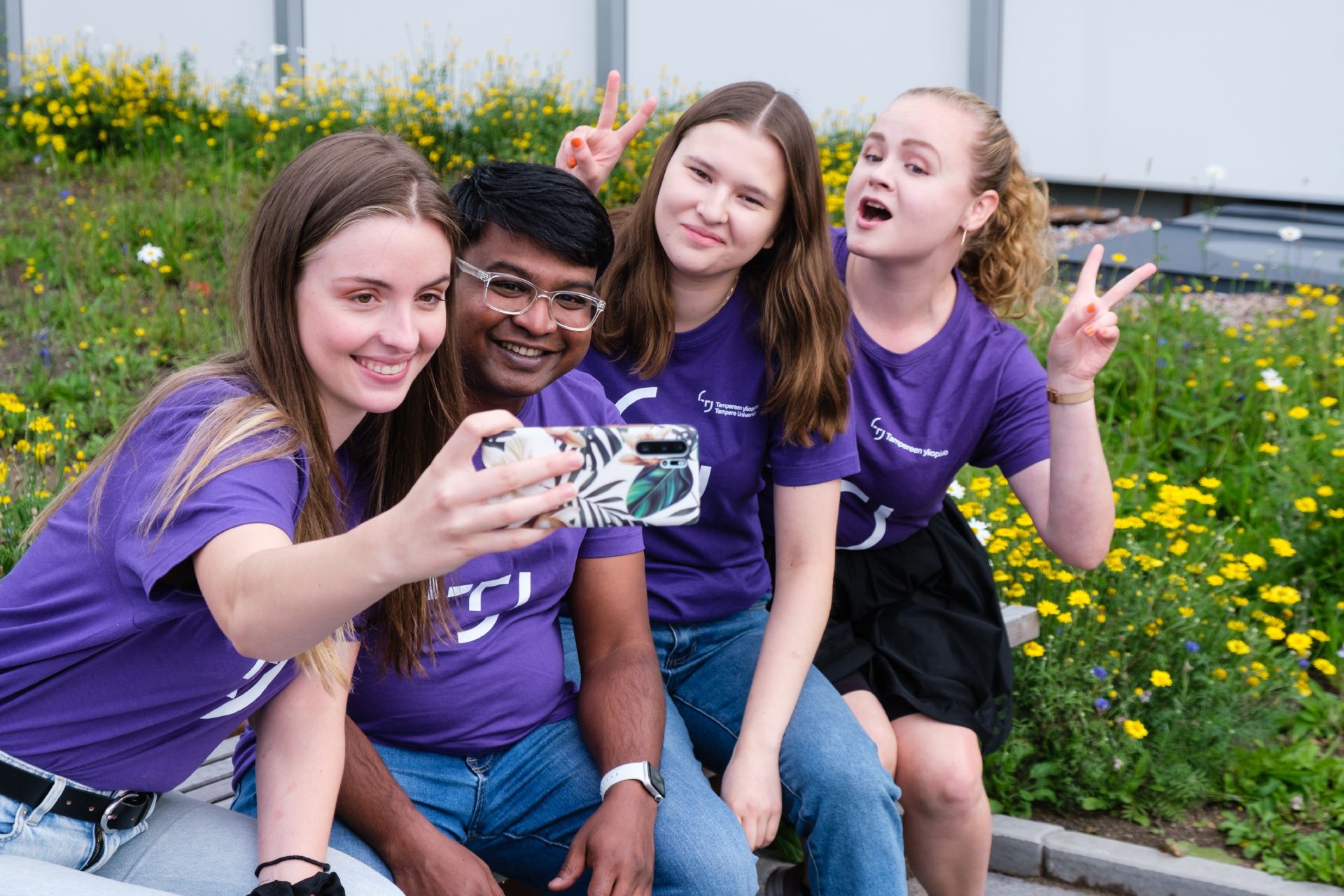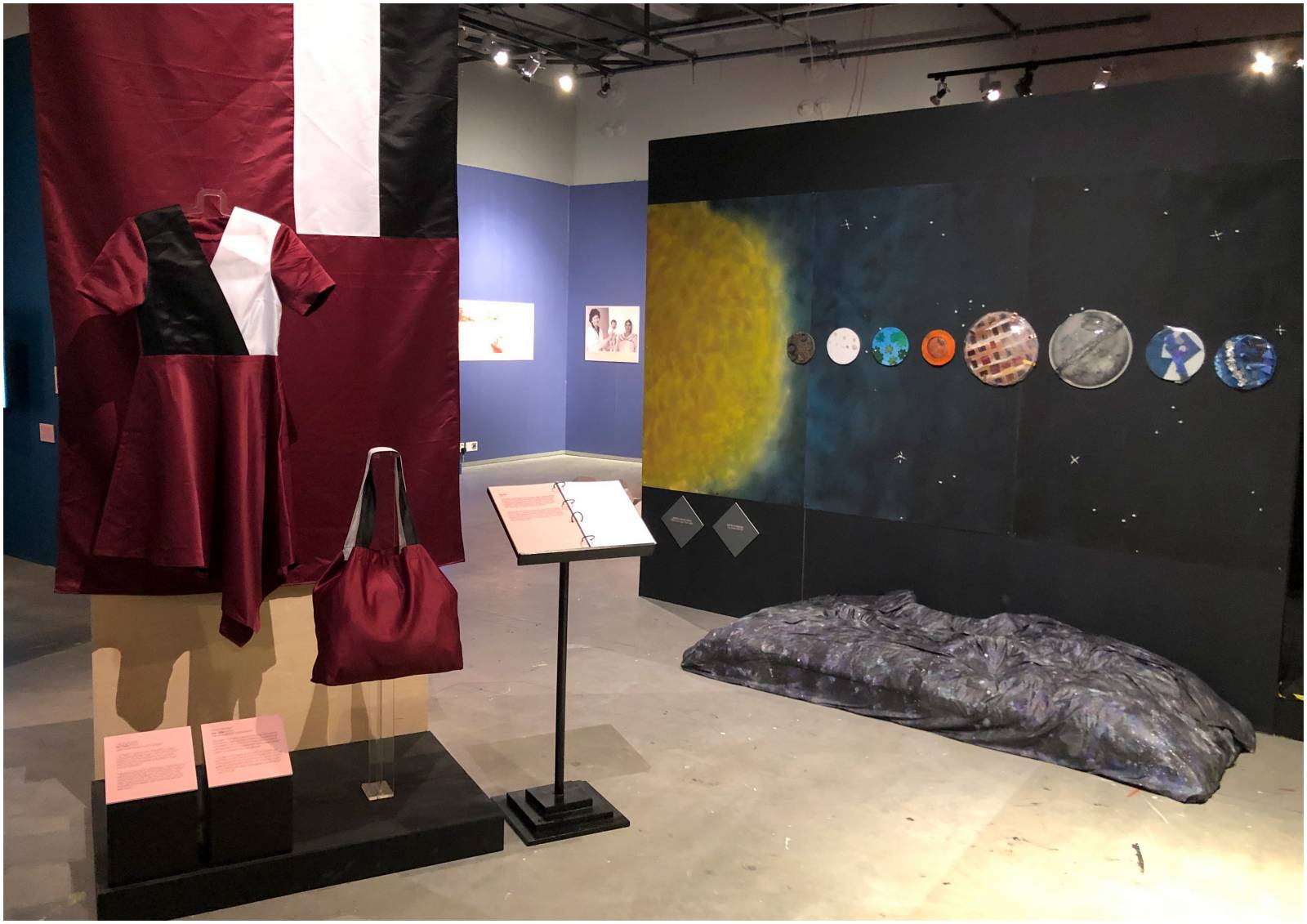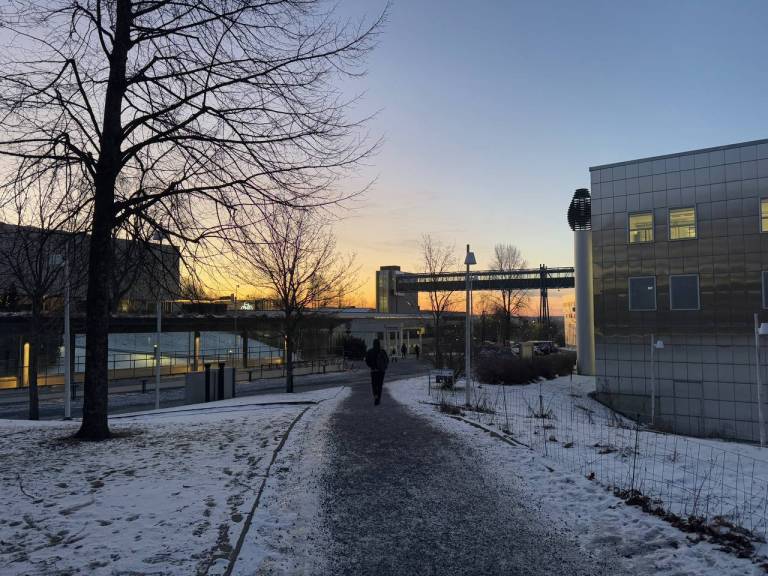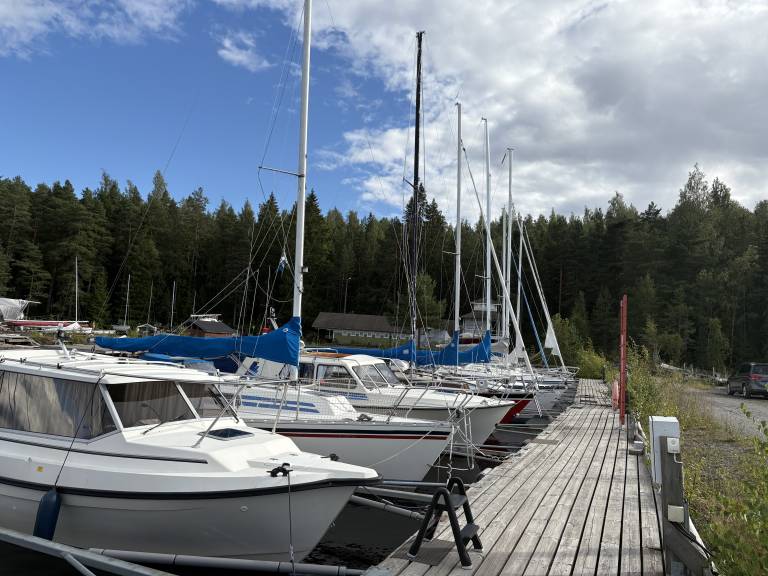One of these places – namely the Finnish Labour Museum “Werstas” – currently displays a new exhibition, the name of which already tells us a lot about the content: “Kaleidoscope – Children of the Cold War”.
I have seen the exhibition recently, and I highly recommend visiting it! One of the fascinating facts about this exhibition is that it was arranged by the researchers from the Faculty of Education of Tampere University! Intrigued?
The exhibition is devoted to the childhood memories of those who were just kids in the period of the Cold War (from the mid-1940s to 1991). The memory artefacts were collected by the researchers Nelly Piattoeva, Zsuzsa Millei, and Ivetta Silova within the frame of their “Re-Connect / Re-Collect” research project.
A kaleidoscope of people’s thoughts
The insights one can get there can be enlightening for students from different faculties. If you are a current or a prospective student and are interested in education, social sciences, history, and even psychology, you will get a wide range of emotions and reflections looking at the objects introduced there, as they represent individual recollections of people who lived in different countries more or less at the same time.
Amazingly, these memories taken together shape something common and unique – a piece of collective memory – which still keeps developing and changing, although 30 years have already passed after the Cold War. It is like a kaleidoscope of people’s thoughts, feelings, and dreams, as well as visual images and objects, which belonged to them or their family members at the time and which make their memories vibrantly alive.
Childhood items take you back in time
Keep in mind that the exhibition is about childhood and school-time memories (about 250 altogether) – only when they grew older, people could realize the connections their accounts (diverse as they are) might have to the historical period of the Cold War which was marked by the atmosphere of terror and imminent threat.
The ways they see their past experiences are largely shaped by their current interpretations and mindsets. No wonder, children on either side of the “iron curtain” saw the world absolutely differently, not even realizing what political epoch they were witnessing. At the same time, there is something strikingly common – childishly naïve and deeply touching – in the way they looked at the world around and experienced themselves in it.
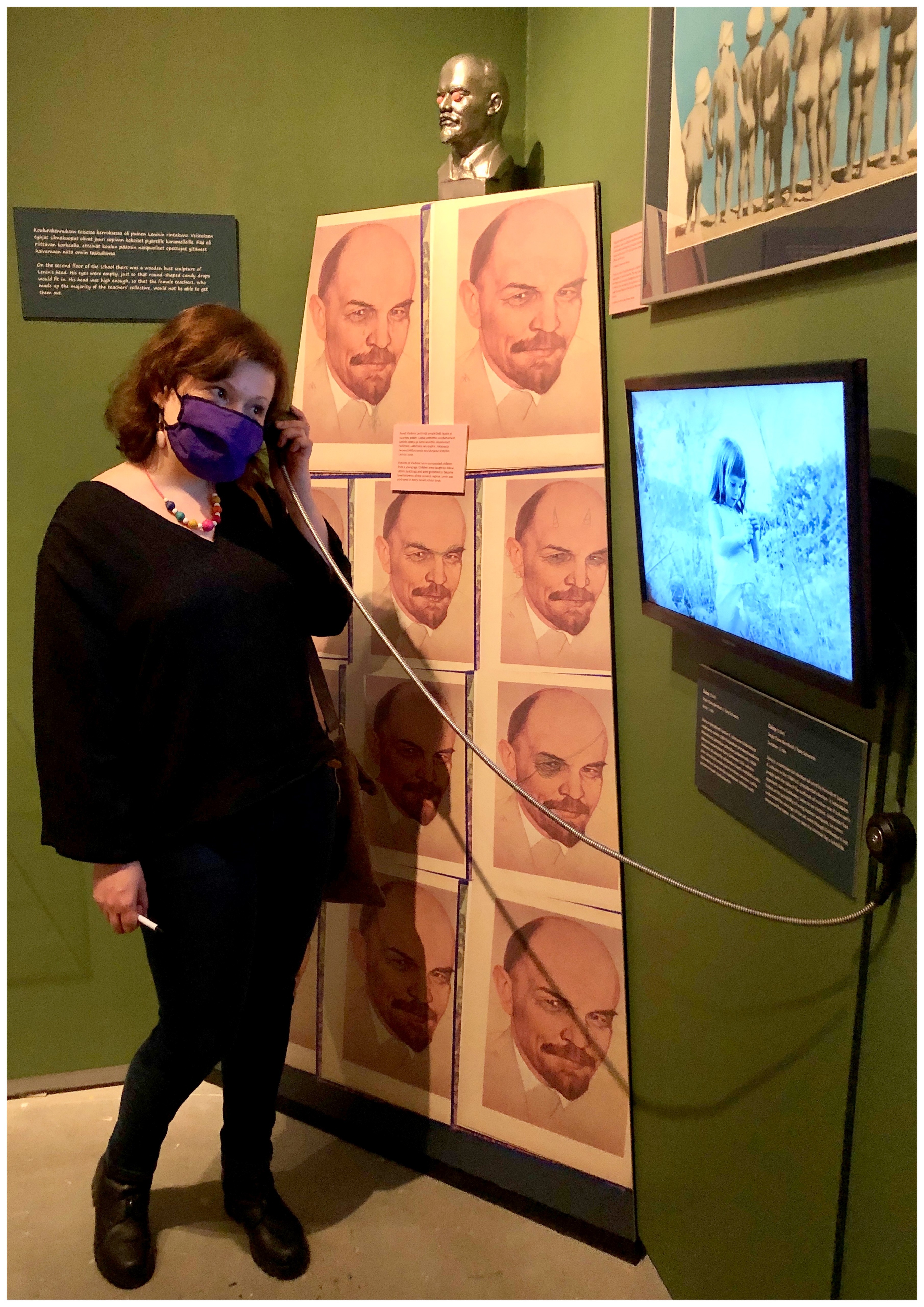
Looking at the displayed objects and listening to the recordings of people’s voices, you can trace their history and try to understand why all these things (often, small, and seemingly trivial and insignificant) were so important to them. It is interesting to note that the exhibition is designed in such a way that many objects are placed on two levels: one for adults, while the other one (a bit lower) is intended to be seen and touched by kids – they can also participate in the event in an active manner: enjoy the exhibition items, play with them, and thus travel back in time.
Share your own memories
You will build your own perspective, which also, in its turn, will be a part of some common kaleidoscope that puts together people’s lives and experiences. If you happen to have some memories of those times, you can also share your experiences so that they will contribute to a more multifaceted understanding and a broader picture of the period. For this purpose, specially designed cards are provided by the organizers – write down your memories and clip the card to the board.
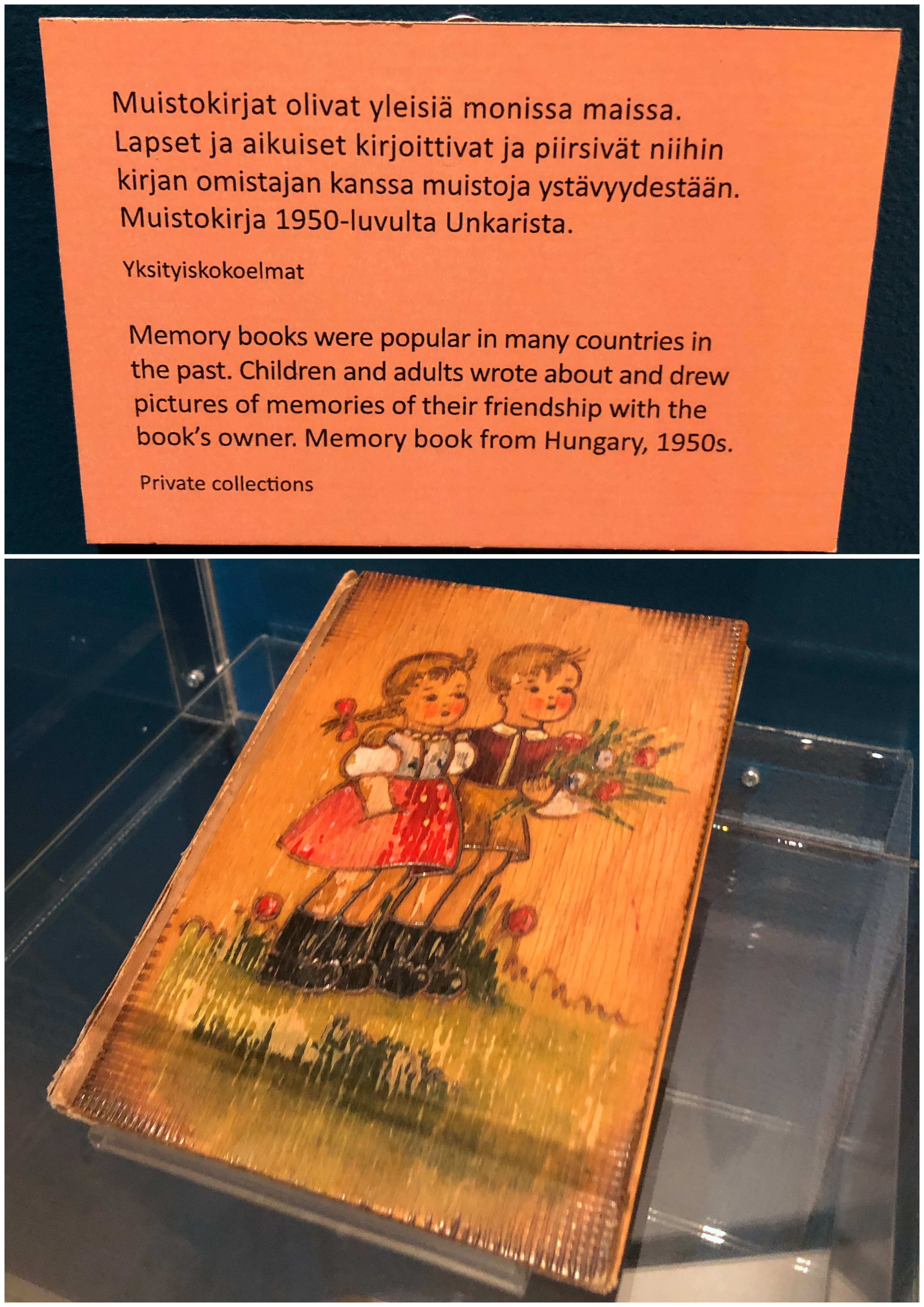
The exhibition opened on 27 February 2021 and will run till 24 October 2021 – well, you still have a chance to immerse yourself into the past and get some insights about the not so distant past, which might tell you something about the present, too. The political and cultural confrontation symbolized by the “iron curtain” and the Berlin wall ended more than 30 years ago, but don’t we feel the backwash even today? Doesn’t it somehow resonate with our present experience? These are the questions you might be willing to ask yourselves after visiting the exhibition.
***
“Kaleidoscope – Children of the Cold War” is a bright example of how active the researchers of Tampere University are – not only are they engaged with their studies, articles, and conferences, but even in the tough COVID period with its threats, fears, and the ever growing social distance, they are also able to organize something creative and illuminating, enabling even those who are not involved in academia to gain new knowledge and conceptualize the understanding of the surrounding world as well as jointly experience something intimately relevant.
You can read in more detail about the project on the website of Tampere University!
I hope I have managed to arouse your interest, and I will be really glad if you follow my advice, attend the exhibition, and see how much you can relate to those memories of the past. And yep – it is absolutely free of charge! 🙂
– Valeriia
